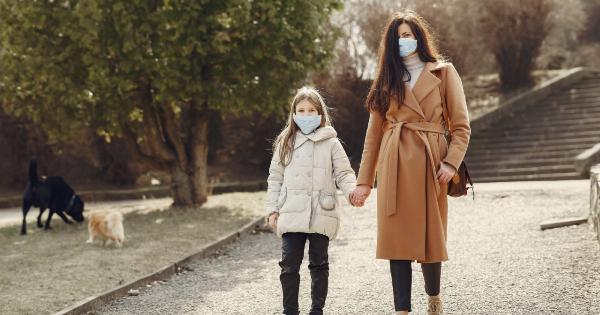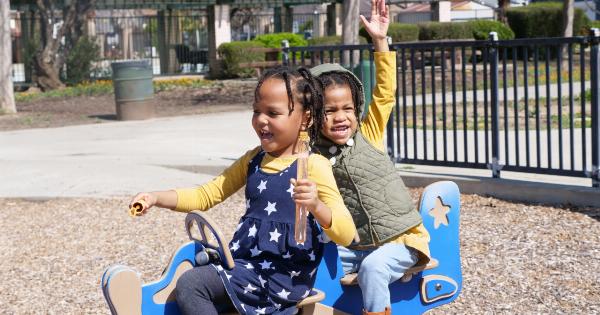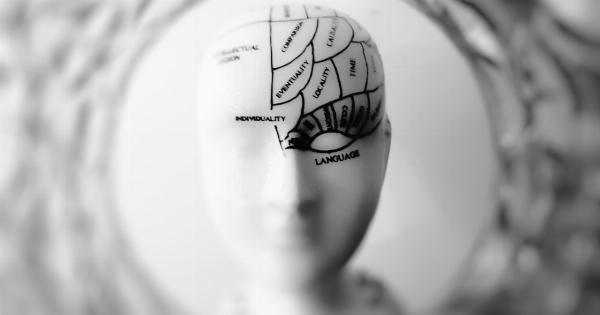Shaking a baby is an extremely dangerous act that can have severe consequences. It is essential to educate parents, caregivers, and the wider community about the dangers of shaking infants to prevent this tragic form of child abuse.
In this article, we will explore why shaking a baby can be deadly, the physical consequences of this act, and how we can all play a role in preventing it.
Shaking a Baby: The Unseen Dangers
Shaking a baby, also known as Shaken Baby Syndrome (SBS) or abusive head trauma, is a form of child abuse characterized by violent shaking motions.
Contrary to what some may believe, shaking an infant can cause severe damage even if it does not involve direct impact.
Infants are particularly vulnerable to the effects of shaking due to several factors:.
Underdeveloped Neck Muscles
An infant’s neck muscles are not fully developed, making their heads proportionally larger and heavier compared to the rest of their bodies. This imbalance makes their fragile brains more susceptible to injury when subjected to violent shaking.
Delicate Blood Vessels in the Brain
The brain of an infant contains more fluid and is still in the developmental stages. Roughly 45% of an infant’s brain volume consists of blood vessels, which are delicate and prone to rupture when subjected to rapid back-and-forth movements.
The rupturing of blood vessels can lead to internal bleeding and brain damage.
Brain Bleeds and Swelling
Shaking an infant causes the brain to move rapidly within the skull, leading to various types of brain bleeds and swelling.
Subdural hematomas, subarachnoid hemorrhages, and cerebral edema are all potential consequences, each with the potential to cause permanent damage or even death.
Damage to the Brain’s White Matter
White matter in the brain consists of nerve fibers responsible for carrying important signals between different parts of the brain. Shaking can cause shearing and tearing of these fragile nerve fibers, disrupting the brain’s communication network.
This damage to the white matter can result in lifelong disabilities, including cognitive and motor impairments.
Recognizing the Signs of Shaken Baby Syndrome
Identifying the signs of Shaken Baby Syndrome is crucial in preventing further harm to the child. Some common indicators include:.
Physical Signs:
- Difficulty breathing or respiratory distress
- Seizures or convulsions
- Lethargy or extreme fatigue
- Inconsolable crying
- Loss of consciousness or unresponsiveness
Behavioral Signs:
- Sudden changes in eating or sleeping patterns
- Difficulty tracking objects with their eyes
- Decreased appetite
- Excessive irritability or agitation
- Lack of smiles or responsiveness to stimuli
The Long-Term Consequences of Shaken Baby Syndrome
The consequences of shaking a baby can be life-altering for both the child and their family. Some of the potential long-term effects include:.
Developmental Delays
Shaken Baby Syndrome can lead to significant developmental delays in terms of motor skills, cognitive abilities, and speech. These delays can affect the child’s ability to learn, communicate, and perform everyday tasks independently.
Physical Disabilities
Severe shaking can cause physical disabilities such as vision or hearing impairment, paralysis, or mobility issues. These disabilities may require ongoing medical care and interventions to improve the child’s quality of life.
Cognitive Impairments
Brain damage resulting from shaking can result in cognitive impairments such as learning disabilities, memory problems, and difficulties with attention and concentration.
These challenges may affect the child’s academic performance and overall intellectual development.
Emotional and Behavioral Disorders
Children who have experienced Shaken Baby Syndrome are more susceptible to developing emotional and behavioral disorders.
Anxiety, depression, aggression, impulsivity, and difficulties with social interactions are common manifestations of the psychological trauma they have endured.
Preventing Shaken Baby Syndrome: The Role of Education
Preventing Shaken Baby Syndrome begins with education and awareness. It is vital to spread information about the dangers and consequences of shaking infants to parents, caregivers, and the community at large. Key prevention strategies include:.
Encouraging Safe Infant Handling Techniques
Educating parents and caregivers about safe handling techniques is crucial. This includes teaching them how to properly support the baby’s head and neck, avoiding rough play, and promoting calm and soothing techniques during moments of distress.
Stress Management and Support
Parenting can be challenging, and it is important to provide parents with adequate support systems to help them manage stress effectively.
By addressing parental stress, we can reduce the risk of caregivers reaching a breaking point and resorting to harmful actions.
Creating Awareness
Conducting public awareness campaigns targeted at parents, medical professionals, and the wider community plays a significant role in prevention.
These campaigns should highlight the dangers of shaking infants and provide alternative strategies for managing stress and soothing babies.
Training Programs for Professionals
Medical professionals, childcare providers, and educators should receive training on the identification and prevention of Shaken Baby Syndrome.
By enhancing their knowledge and skills, these professionals can play a critical role in early detection and intervention.
A Final Note: Protecting Our Most Vulnerable
Shaking a baby can be deadly, with long-lasting and devastating consequences for the child and their families. Preventing Shaken Baby Syndrome requires a collective effort from parents, caregivers, professionals, and the community.
Through education, awareness, and support, we can protect our most vulnerable and ensure a safe and nurturing environment for all infants.































